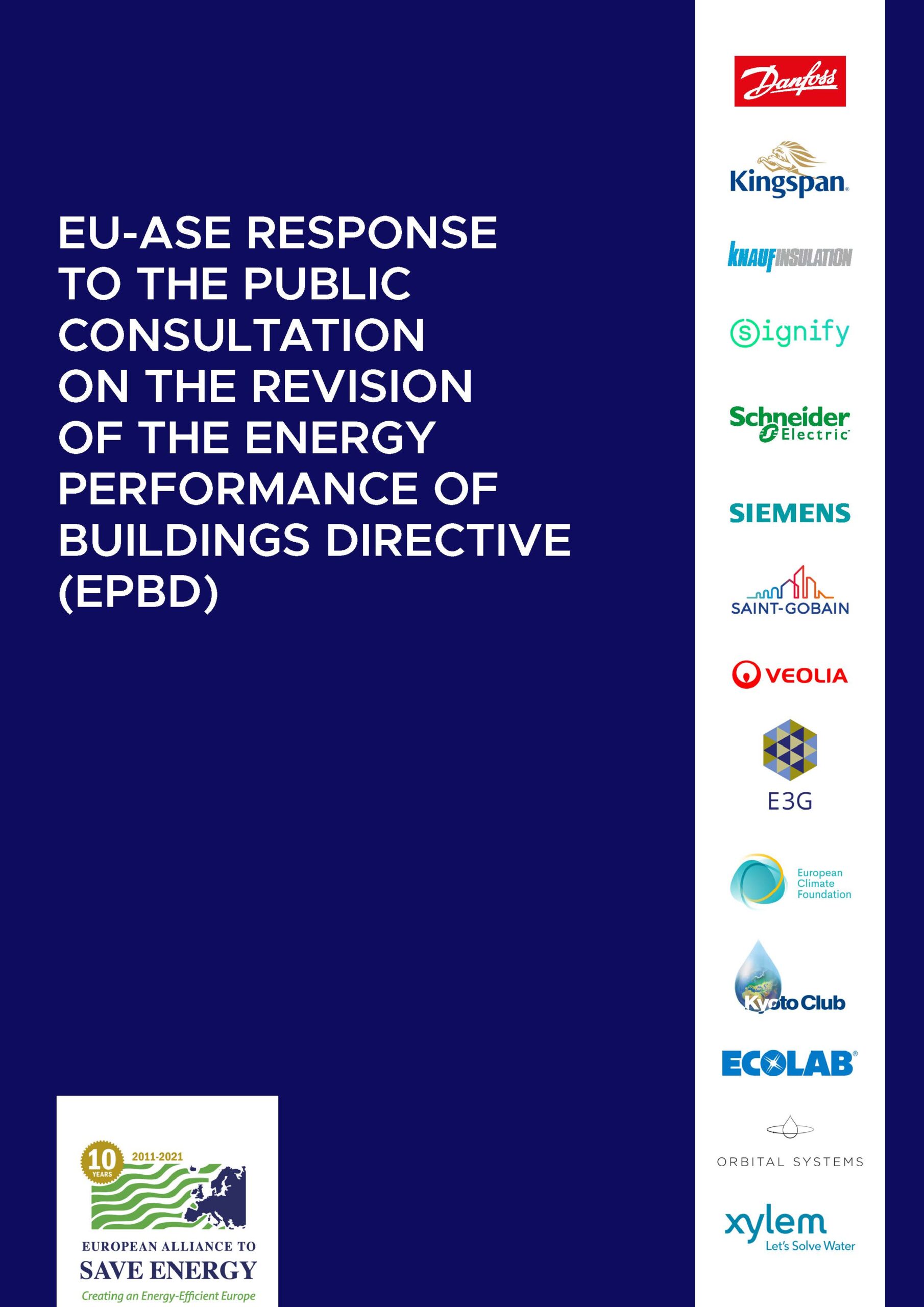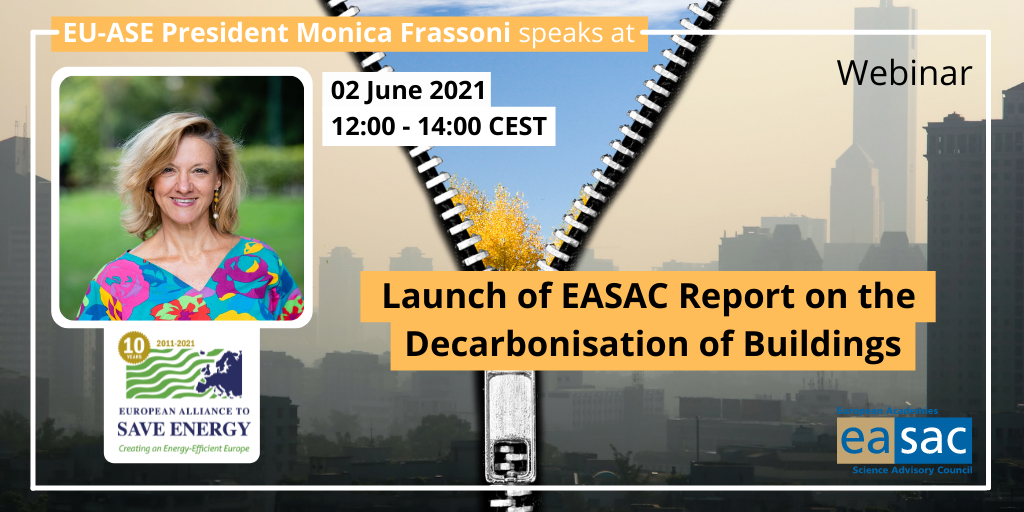When it comes to public buildings in Europe don’t we deserve the best? Shouldn’t our schools, hospitals, cultural centres and social houses all be role models for sustainable building best practice? Unfortunately, this is not always the case as public buildings are often old and have not been renovated for decades. However, next month’s proposal of
revision of the Energy Efficiency Directive (EED) offers a great opportunity to transform these buildings into a powerful positive public legacy.
How? By focusing on quantity and quality when it comes to renovation.
First, quantity. The directive calls for 3% of all buildings “owned and occupied” by central government to be renovated every year. Why stop at central buildings? What about all public buildings? Central buildings represent just 4.5% of the EU’s building stock while all public buildings at regional and local levels represent 12%.
Buildings are responsible for 36% of CO2 in Europe, and with the European Union committed to be the first climate neutral continent by 2050 it is vital every opportunity is taken to be as ambitious as possible when it comes to public building renovation.
So, what about quality? The EED highlights the ‘exemplary’ role of public building renovation. And this is absolutely right. Our public buildings should be exemplary renovation role models for low carbon emissions. In other words, the revision should stress deep renovation to the highest possible energy class.
The EED is a unique opportunity to create the public buildings we all deserve and boost energy savings across the EU. We must be ambitious.
Katarzyna Wardal
EU Public Affairs Manager
Knauf Insulation





